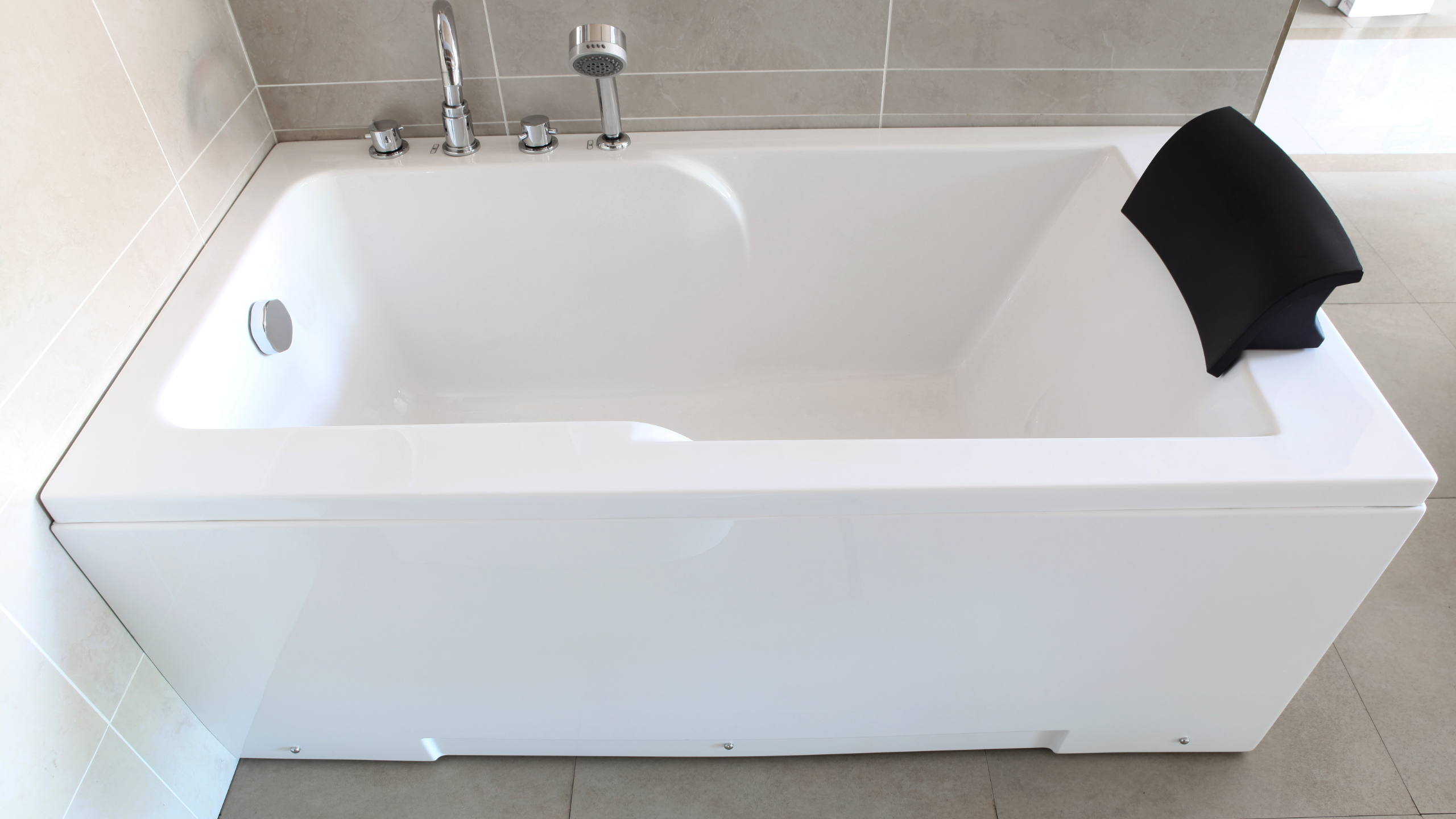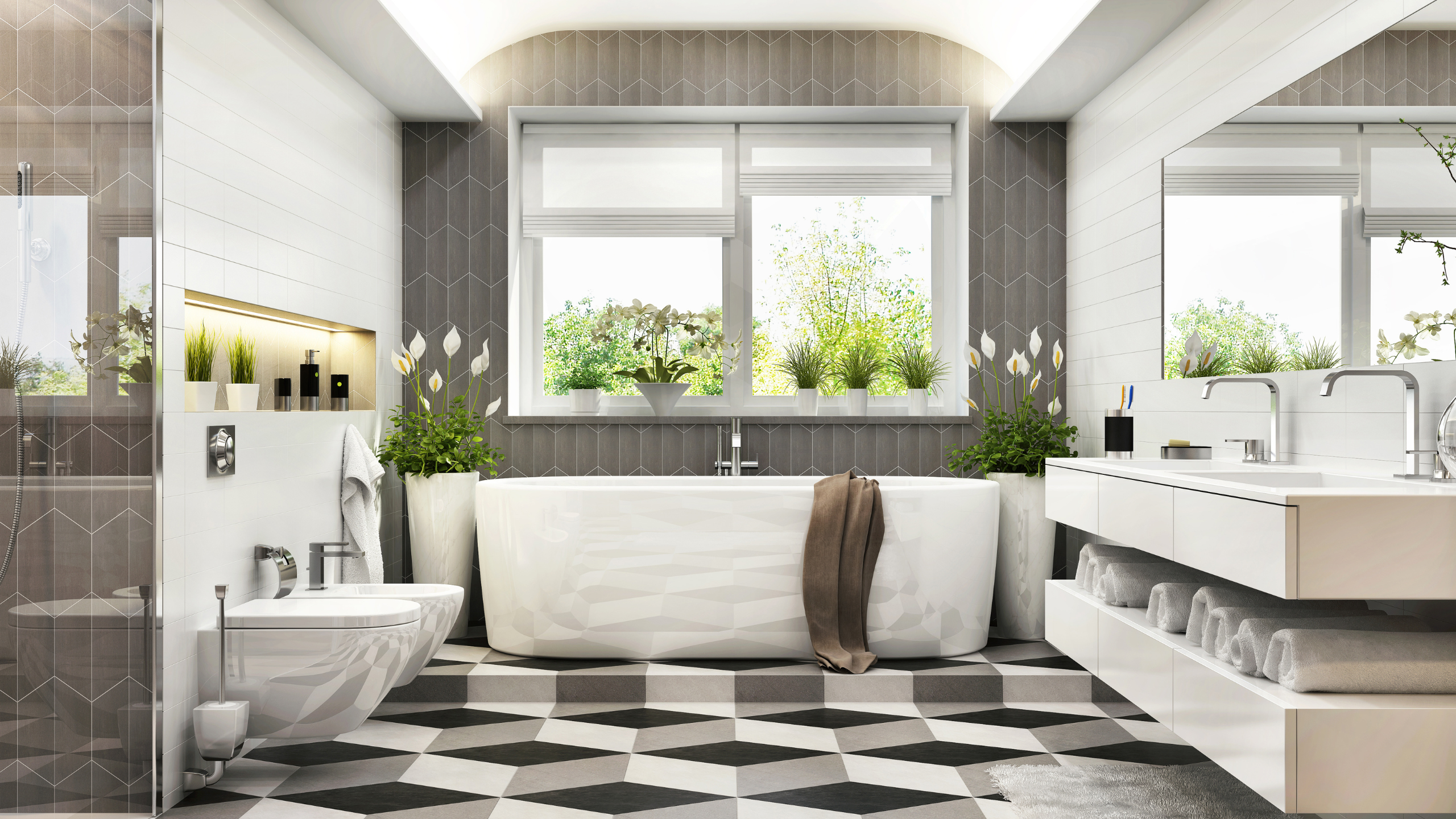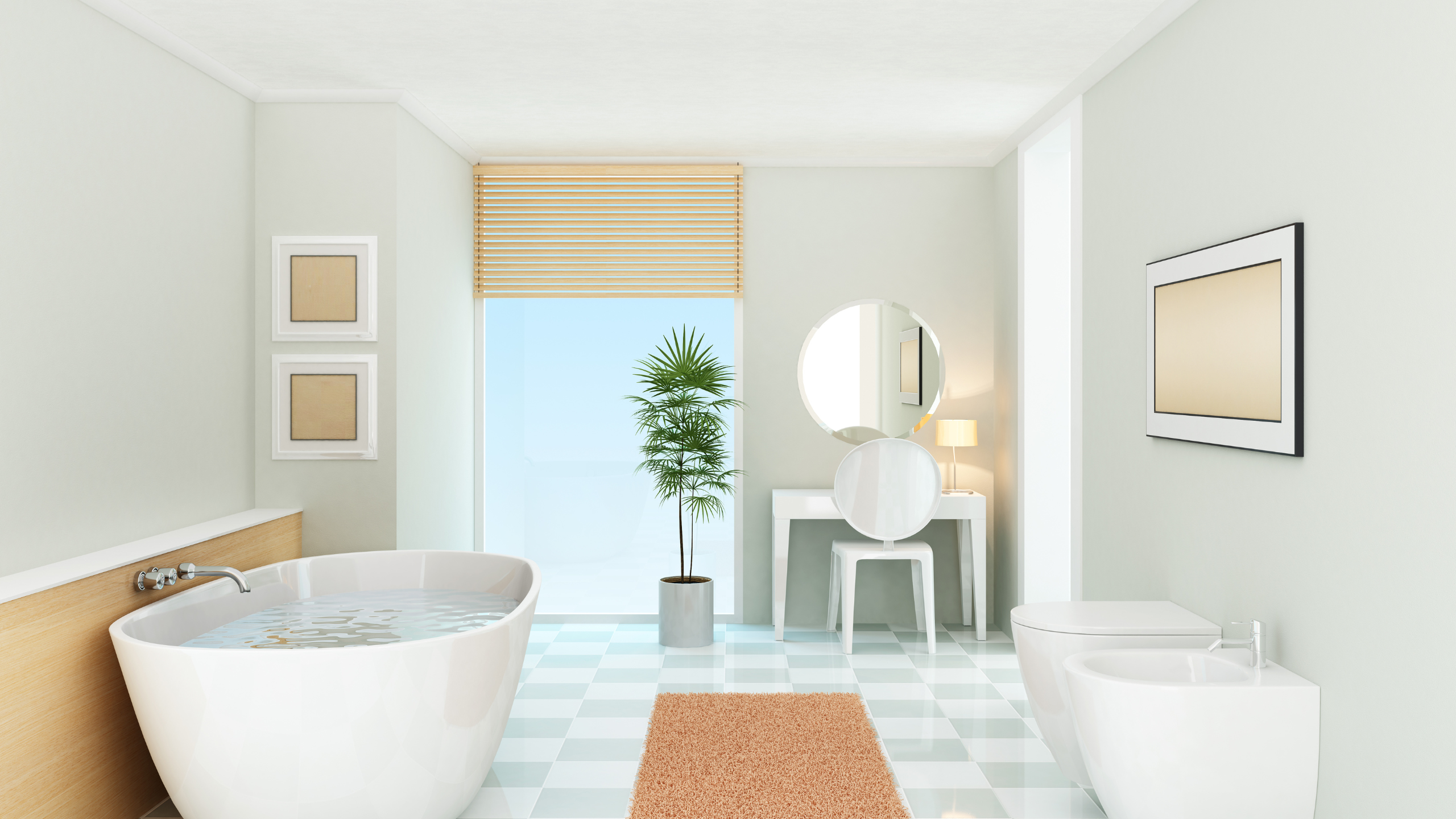Your kitchen serves as the hub of your home, so if you ever decide to sell, make it a “wow”-worthy space. This doesn’t mean you must completely redo your kitchen; something as easy as painting your cabinets might drastically alter the space. Refinishing your kitchen cabinets is one of the best expenditures you can make for your kitchen. We’ll guide you through painting kitchen cabinets step by step.
Step 1: Remove Doors, Drawers, and Hardware
Before painting, cabinet doors, drawers, and hardware must be removed. If you want to reuse the hardware, store it in a safe place, such as a Ziploc bag. I’ve heard that numbering your doors will help you remember where they go when needed. This may sound like a lovely concept, but it’s a waste of time because you’ll cover the numerals with paint anyway. I replaced the bronze hinges I had removed with new ones that were black instead of bronze. Reinstalling the doors was simple since everything was still in place. However, I did have to play a little musical door. It will be fine if you want to use an utterly other hinge.
Step 2: Clean and Sand the Cabinet Surfaces
It’s time to start the power cleaning stage of kitchen cabinet repair after removing every door, drawer, and piece of hardware. Scrub the surface first with a water and Dawn dish soap solution. Scrub using a green Scotch Brite pad, then dry with paper towels after washing. Clean the area once again using a green Scotch Brite pad and a 50/50 solution of denatured alcohol and water. Finally, use paper towels to pat it dry. Use a 220-grit sanding pad or sponge to smooth the surfaces after cleaning.
Step 3: Mask the Area
This step is the most time-consuming. The floorboards surrounding the cabinets and window holes should all be covered if you don’t want them painted. After everything has been taped off, it’s time to begin painting your cabinets.
Step 4: Apply Primer to Your Kitchen Cabinets
I advise using a stain-resistant primer, such as General Finishes water-borne Stain Blocker.
While a brush might be used to prime, I discovered that an HVLP sprayer with a 1.3mm air cap set worked better. Spraying the kitchen cabinet doors takes more skill than the frames. I constructed a rotating platform out of painter pyramids to paint the doors.
Additionally, it would help if you decided where the doors would dry. While most cabinet refinishers use drying racks, I decided to hang the things in my garage using wire after drilling a little hole at the end of the door where it wouldn’t be seen.
It’s simple to apply primer to the drawers in your kitchen cabinets. Cover the drawer boxes with paper and masking tape before priming the faces. It is advised to use 220-grit sandpaper after carefully applying two coats of stain blocker primer and allowing each coat to dry for two hours. You may use an accelerator to shorten the drying period of the primer.
Step 5: Apply Cabinet Paint
Use premium cabinet paint, such as General Finishes’ White Poly or Milk Paint. Spray White Poly or Milk Paint cabinet paint in one or two layers, let each coat dry for one to two hours, and then sand with 220 grit paper between coats. At this stage, you can finish or add a clear topcoat like General Finishes Clear Poly. I decided to add a Van Dyke Brown Glaze appearance after completing the Antique White Milk Paint and considering the faded, shabby chic appearance.
Step 6: Apply Clear Coat to Your Cabinets
Clear paint, such as the flat, satin, semi-gloss, or gloss General Finishes water-borne Clear Poly, should be applied in two or three layers. After an hour or two, use 220 to sand between coats. For a speedier turnaround, use General Finishes Accelerator. Install the new hardware about an hour after applying the final clear coat. Enjoy the stunningly upgraded look of your kitchen straight away.





